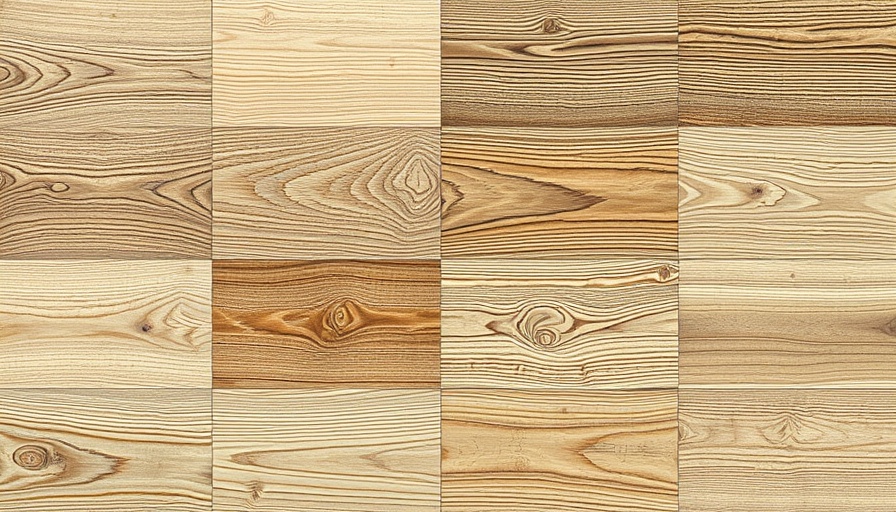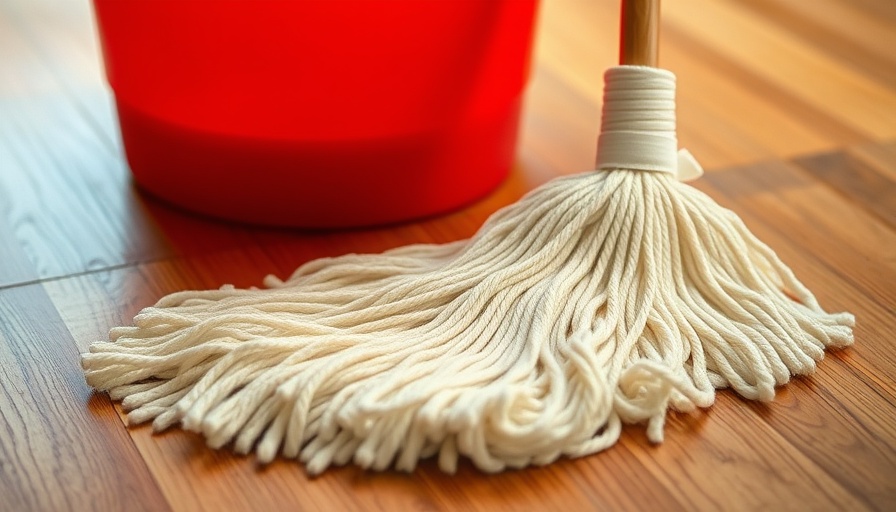
Understanding Water Heaters: Your Essential Guide
In every home, hot water is a necessity, from morning showers to evening dishwashing. But how does this vital resource move from the tap to your home? Understanding how a water heater works equips homeowners with essential knowledge for maintenance and efficiency.
The Mechanisms Behind the Magic
This critical appliance operates through a combination of components that work seamlessly together. Common types include electric and gas water heaters, each utilizing different methods to bring you hot water. Electric units employ heating elements submerged in the water, while gas heaters use a burner mechanism to achieve the same goal.
Modern water heaters are becoming more advanced, with some incorporating solar heating systems. This innovative technology harnesses the sun's energy, reducing dependency on traditional power sources and dropping utility bills.
Key Components of a Water Heater
To fully grasp how your water heater operates, it’s important to familiarize yourself with its components:
- Tank: The most visible part of the heater, this stores and heats water, with gallons of capacity reflecting your household's needs.
- Thermostat: This temperature control device regulates heating, ensuring the water stays at a comfortable level.
- Shut-off Valve: Needed during repairs, this valve stops water flow when necessary.
- Heat-out Pipe: Responsible for delivering hot water from the tank to your taps.
- Heating Mechanism: Depending on your unit, this could be electric heating elements or a gas burner.
- Pressure Relief Valve: This safety feature prevents excess pressure buildup, ensuring safe operation.
How Hot Water is Produced
Now that you know the components, let’s break down how the heating process unfolds:
When hot water is called for, the heating mechanism engages. In electric heaters, the elements heat the water, while gas models ignite burners to warm the tank’s water. The heated water moves through the heat-out pipe directly to your fixtures, allowing you to enjoy hot water when needed.
Importance of Routine Maintenance
Routine maintenance of your water heater is crucial for efficiency and longevity. Sediment buildup can affect performance; flushing the tank at least once a year is advised. This not only prolongs the life of the heater but also helps maintain energy efficiency, saving you money in the long run.
Future Trends in Water Heating
As technology evolves, water heaters are becoming smarter and more efficient. Smart water heaters can be controlled via smartphone apps, allowing you to monitor usage and even preheat water for when you arrive home. Look out for innovations focused on sustainability, including increased solar water heating systems.
By understanding these facets of water heaters, homeowners can ensure they are getting the best performance from their appliances. Knowing when to conduct maintenance or even when it might be time for an upgrade can lead to cost savings and improved comfort within the home.
While water heaters might seem like simple appliances, they play a significant role in enhancing everyday comfort. Delve deeper into the inner workings of this essential household equipment to maximize its benefits.
 Add Row
Add Row  Add
Add 


Write A Comment